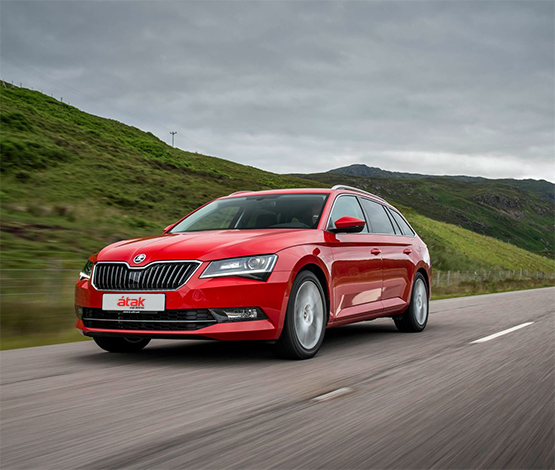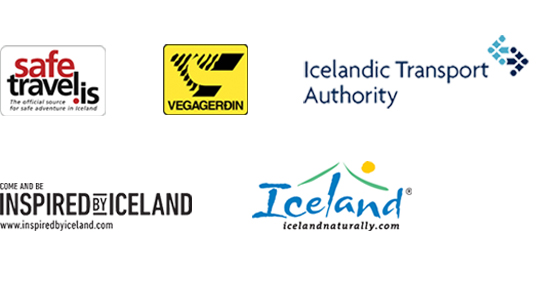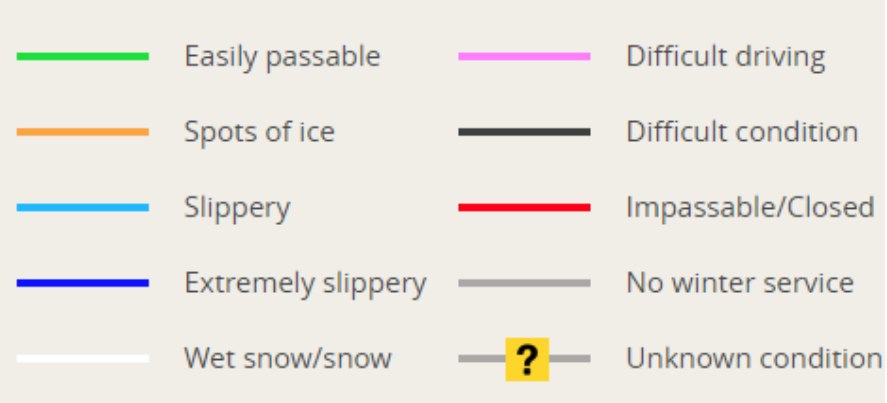
Usefull Links
Be on the safe side - www.safetravel.is
On Safetravel.is you can find extensive information that can help you plan a safer more secure trip in Iceland.

Driving in Iceland
While Iceland offers travelers an adventure in a beautiful and rugged landscape, experience shows that the forces of Icelandic nature can, at times, become harsh and inhospitable. Travelers are well-advised to exercise caution regarding weather and other environmental conditions.
Road conditions in Iceland vary substantially. Highway 1 is mostly paved, but other country roads are often narrow, steep and washboarded gravel tracks with potholes and sharp corners. Those unfamiliar with such conditions often find it difficult to drive on these roads, especially gravel roads. Drivers are advised to choose a vehicle which they are used to driving and can handle easily. Many travelers who are not used to driving jeeps find them difficult to handle on Iceland’s gravel roads.
Icelandic nature can be wild and dangerous, especially for those unfamiliar with it and unused to traveling in uninhabited areas and rough country. Travelers should prepare well for each trip, with clear directions and knowledge of the road conditions. This is the best way to prevent accidents and ensure a pleasant and safe journey.
Iceland Driving Conditions
Iceland driving conditions are unpredictable, to say the least. The land of fire and ice has an ever-changing weather system, which can impact your driving ability on Iceland’s roads.
Therefore, when planning to drive in Iceland, it is important to always check the road conditions throughout the day. Checking Iceland driving conditions is important, as they are always subject to change. A road in Iceland can go from completely safe and dry, to coated in thick layers of dangerous ice in a matter of hours. You should also check this when entering a new area, as road conditions can change drastically depending on location.
A great website to check Iceland driving conditions is the SafeTravel.Is website, which clearly informs drivers about conditions ahead. A useful key outlines the current ‘status’ of the road, which is then illustrated on a map.

Highland Roads
Highland roads in Iceland are usually narrow gravel roads, and most rivers are unbridged. On maps, they are indicated with an “F” before the road number, with most of these roads intended for jeeps only.
Weather
Icelandic weather is very volatile. Fair weather can change into a raging storm at a moment’s notice. Keep this in mind at all times, especially when traveling in the highlands. For every 100m in altitude gained, you can expect the mean temperature to drop by 0.6°C and precipitation to increase. The temperature can drop below the freezing point even during summer, especially at night. At high elevations, wind force can intensify.
Winter
In the wintertime, Iceland looks very different and is enjoyable to explore. However, the vagaries of the Icelandic weather can play a decisive role regarding your trip. The frequency that roads are cleared of snow varies depending on their defined service level. It is important not to abandon a vehicle if the weather conditions are difficult and for most other problems. Winter tires are essential for driving in the wintertime. Always have warm clothing, blankets, a shovel and a first aid kit in the vehicle.
Iceland Speed Limit
Speeding is one of the main causes of accidents in Iceland; it’s not just the climate and road conditions which should be paid extra attention. Driving at faster speeds has been proven to reduce reaction time, and can make retaining control of your vehicle difficult. When opting for a rental car in Iceland, it is important that you are aware of the Iceland speed limits.
Different roads have different speed limits for obvious reasons:
- 30mph (50km/h) in urbanised areas.
- 50mph (80km/h) on rural gravel roads.
- 55mph (90km/h) on rural paved roads.
- 18mph (30km/h) in residential areas.
Speed cameras are scattered all across the country, so always be cautious of your speed. Cameras are especially common in southern Iceland, where there are fewer police officers on patrol. If caught violating the Iceland speed limit, you will need to pay a fine. The cost of the fine depends on the type of offence.
On the days you drive, always check the road conditions before travel. For the latest updates, the Drive.is website is updated several times a day.
Weather and Road Information
Emergency Number

